
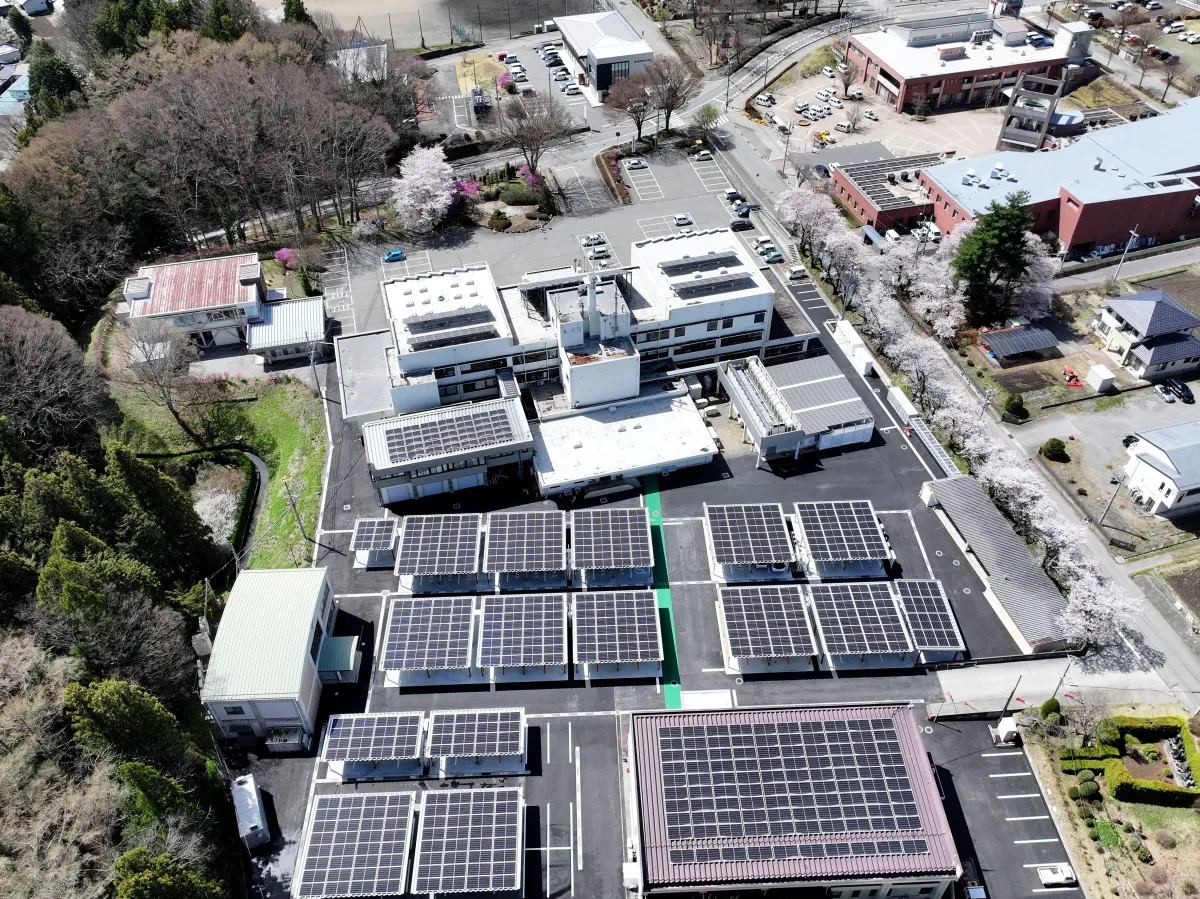
Innovative Decarbonization Project in Minowa Town: A Case Study
A Groundbreaking Decarbonization Initiative in Minowa Town
Minowa Town, situated in the Nagano Prefecture of Japan, is setting a new benchmark in community-driven decarbonization efforts. Inspired by its ambitious commitment to become a zero-carbon city by the year 2050, Minowa Town has strategically harnessed both funding and innovative technologies to push its renewable energy agenda forward.
Background: Commitment to Zero Carbon
In 2022, Minowa Town declared itself a zero-carbon city, adopting the vision of “2050 Zero Carbon Minowa”. This important declaration set a path for reducing carbon dioxide emissions to net zero by the year 2050. The town also established its “2030-60% Zero Carbon Minowa Acceleration Project,” aiming for a 60% reduction in greenhouse gas emissions by 2030 compared to 2013 levels. This commitment underscores Minowa’s role as a model for other communities to emulate in terms of sustainable development and energy efficiency.
Project Overview and Features
The latest project, initiated in 2023, has ambitious goals with remarkable features. Here are some key highlights:
- - Expected Annual Production: The project anticipates generating approximately 490,000 kWh of renewable energy each year.
- - CO2 Reduction: It is estimated that the project will lead to a significant reduction of 163 tons of CO2 emissions annually due to on-site energy consumption.
- - Energy Independence: The initiative aims to achieve a power self-sufficiency rate of 43% by utilizing on-site renewable energy sources.
This project encompasses five facilities: the town hall, health center, information communication center, cultural center, and library. The installation of solar panels on public buildings and solar carports in the parking lot has been strategically planned to maximize efficiency.
Financial Strategies and Cost Reduction
To ensure financial feasibility, Minowa Town implemented a Power Purchase Agreement (PPA) model. In this scheme, a specialized PPA provider installs the solar power generation assets. The town consumes the energy produced while paying the PPA provider a fee for the electricity consumed. This innovative financial structure reduces the initial costs typically associated with deploying renewable energy systems.
Optimization through Energy Management Systems
The integration of an Energy Management System (EMS) is another key component of this project. The EMS is designed to smartly manage power needs by regulating solar power generation, battery storage, and EV chargers as per demand, thus optimizing energy utilization across multiple facilities.
Disaster Preparedness and Energy Resilience
An exciting aspect of this initiative is its emphasis on disaster preparedness. During outages or emergencies, solar power can be connected to the disaster control headquarters within the town hall, ensuring a steady supply of electricity. The innovative V2X (Vehicle to Everything) system allows charged electric vehicles to act as emergency power sources for designated evacuation centers, further enhancing the community's resilience against disruptions.
Future Directions and Long-term Goals
The project is set to continue until at least 2027, with plans to further involve residents and businesses in sustainable practices. This community-centered approach aims to create a ripple effect, promoting ecological awareness and clean energy solutions among citizens.
Conclusion
Minowa Town's pioneering decarbonization initiative outlines a comprehensive framework for sustainable urban development, showing how municipalities can take practical steps towards a greener future. Through its commitment to emissions reduction, renewable energy implementation, and community engagement, Minowa is rapidly becoming a beacon of hope and a blueprint for other towns seeking similar paths to sustainability.
These details not only showcase the urgency of action against climate change but also highlight how collaborative community projects can pave the way to a sustainable future for all.
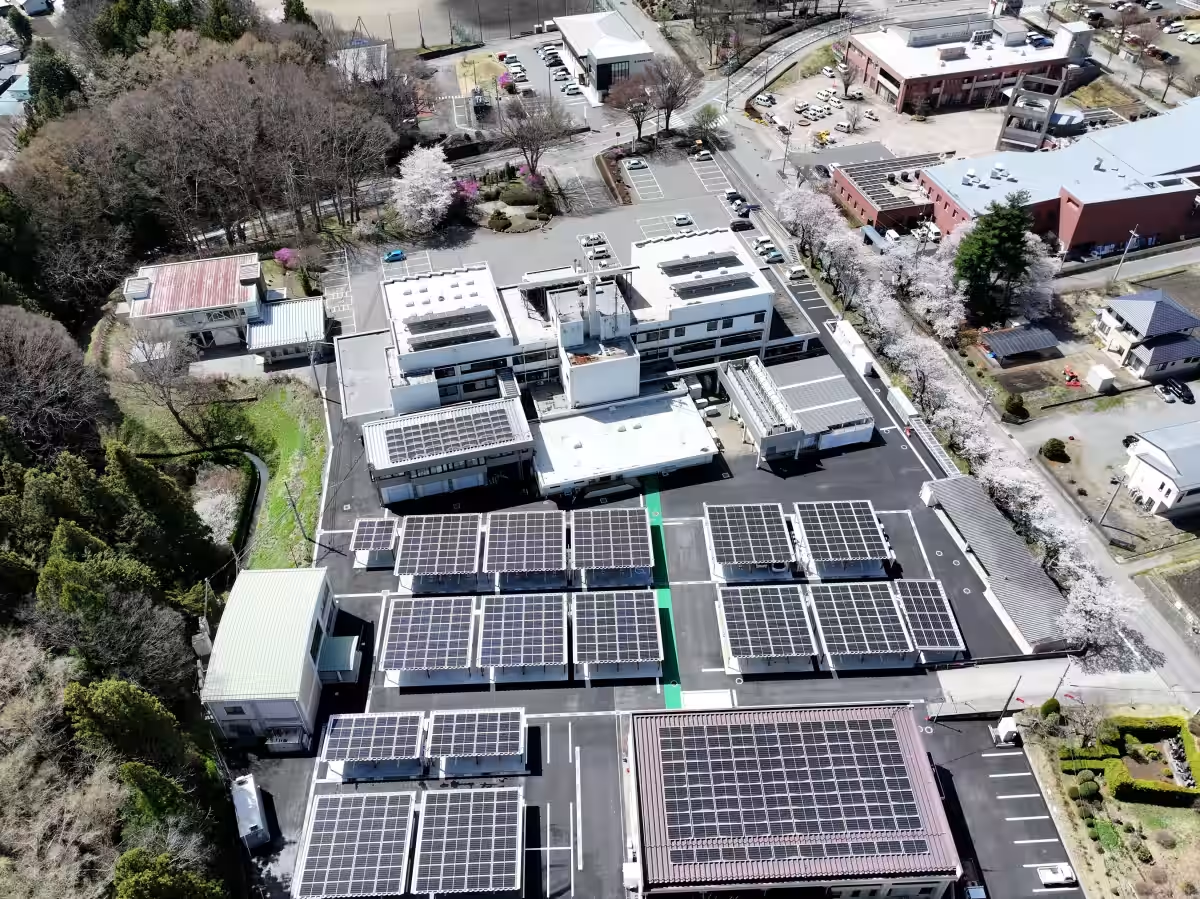
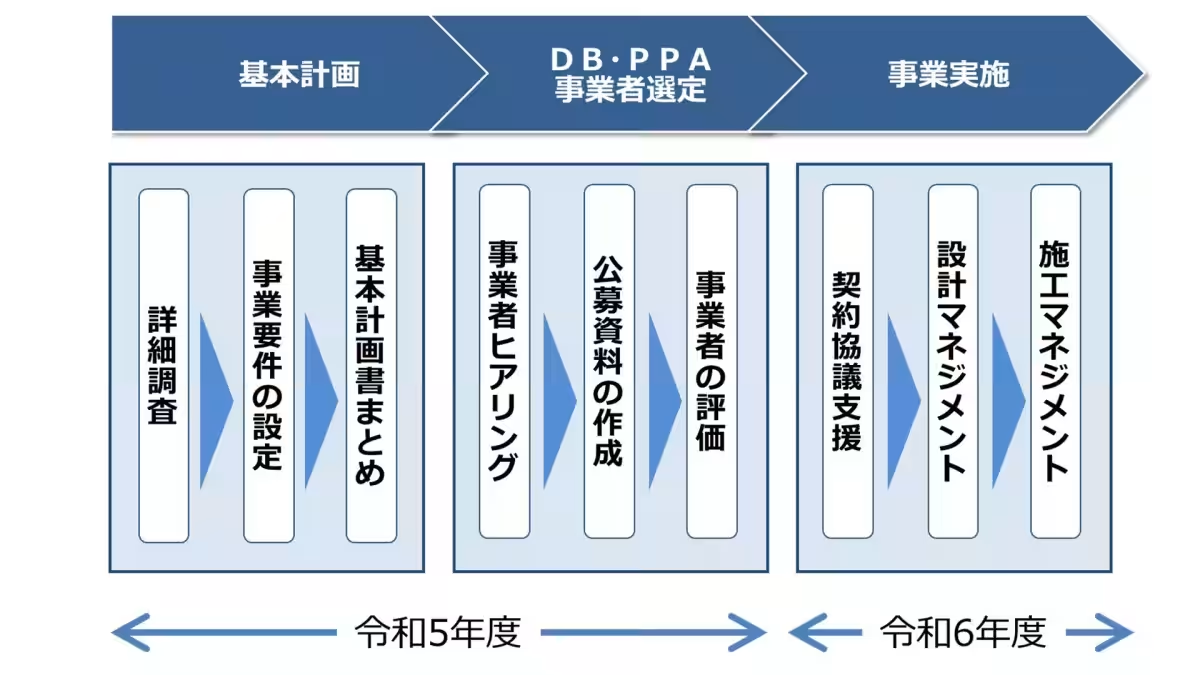
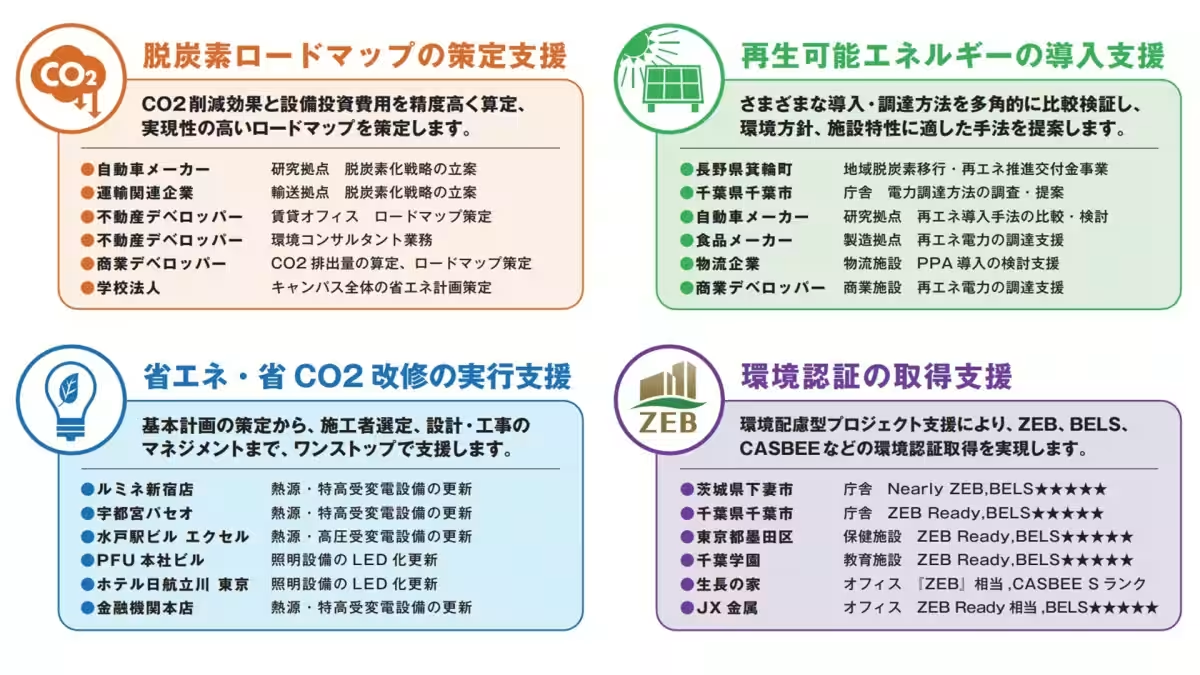
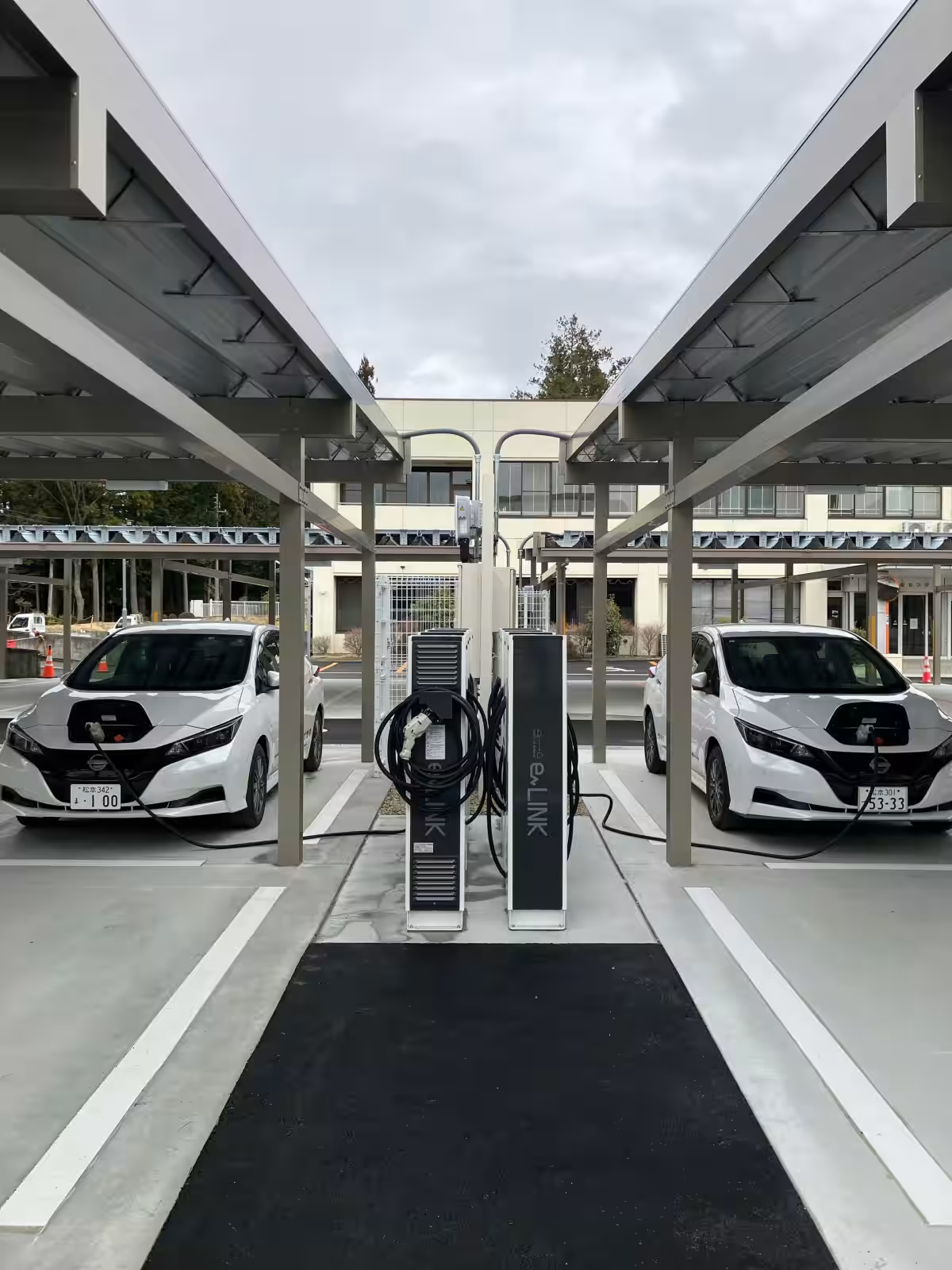

Topics Environment)










【About Using Articles】
You can freely use the title and article content by linking to the page where the article is posted.
※ Images cannot be used.
【About Links】
Links are free to use.